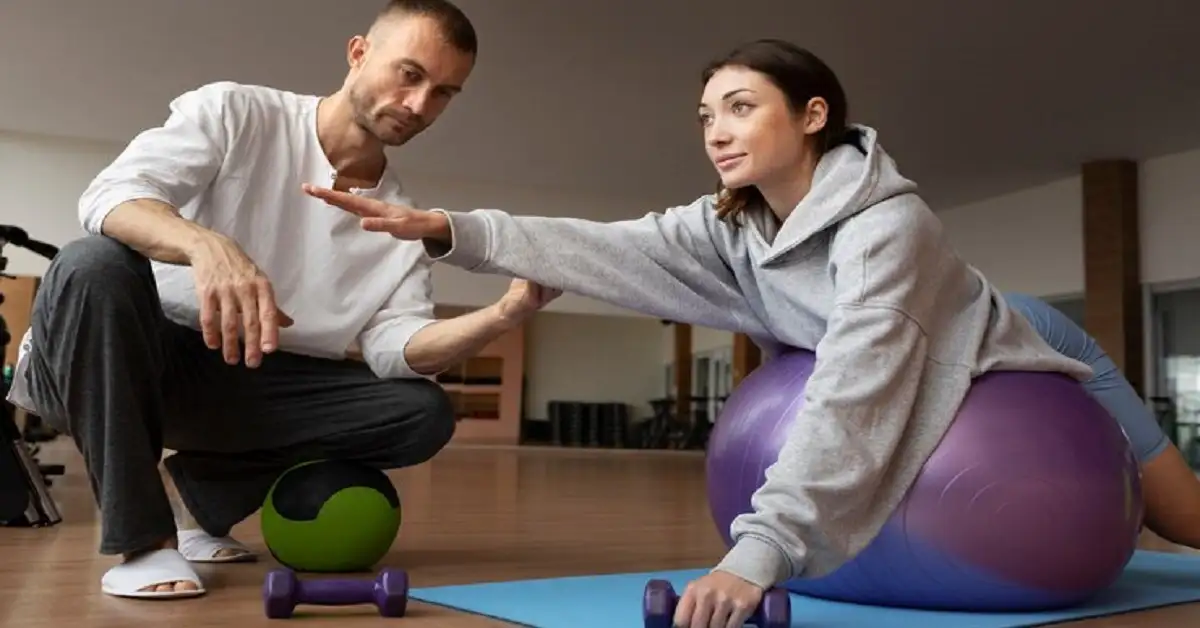The Physio Advantage: How Manual Therapy & Movement Correction Work Together
Two of the most powerful tools in a physio’s toolkit are manual therapy and movement
correction. While manual therapy addresses pain, stiffness, and joint restrictions hands-on,
movement correction focuses on retraining your body to move more efficiently and safely.
Used together, they don’t just treat symptoms, they target root causes. In this article, we
explore how these approaches complement each other and why their combination delivers
lasting results for both injury rehab and performance improvement.
1. What is Manual Therapy?
Manual therapy involves hands-on techniques performed by a physiotherapist to improve
mobility, reduce pain, and restore normal tissue function. This may include joint
mobilisations, soft tissue massage, trigger point release, stretching, or dry needling.
The goal is to improve circulation, reduce muscle tension, break down adhesions, and
improve joint range of motion. For example, a stiff ankle after a sprain might limit your
walking or running gait; a physio can manually mobilise the joint to help restore movement
more quickly.
But manual therapy isn’t just about short-term relief. When combined with active rehab, it
helps prepare the body for more effective movement retraining. Think of it as creating space
and mobility so the body can relearn proper movement patterns without being restricted by
pain or stiffness.
2. What is Movement Correction?
Movement correction is all about identifying and fixing dysfunctional movement patterns that
contribute to pain, injury, or poor performance. These issues can be subtle, like a hip that
doesn’t activate properly during a squat or a runner overloading one leg due to poor ankle
control.
Physios assess how your body moves through tasks like walking, running, bending, or lifting.
They look at joint alignment, muscle activation, coordination, and load distribution.
Once dysfunction is identified, physios use targeted exercises to retrain the body, activating
underused muscles, improving mobility, and correcting poor posture or technique. This is
often done with bodyweight drills, resistance bands, balance tools, and real-time feedback.
Movement correction is essential not just for recovery, but for preventing future issues. A
body that moves well is more resilient, more efficient, and far less prone to overuse or
overload injuries.
3. Why They Work Better Together
Manual therapy and movement correction are powerful on their own, but together, they
create real and lasting change.
Manual therapy helps reduce immediate pain, improve joint and soft tissue mobility, and
create the conditions necessary for change. But if we stop there, the benefits are often
temporary. That’s where movement correction comes in; it reinforces the changes by
teaching the body how to move properly within the new, improved range.
For example:
● Manual therapy may loosen a stiff shoulder, but unless you retrain your scapular
control and shoulder mobility, the stiffness and pain will likely return.
● Or, you might relieve back pain with massage, but without strengthening your core
and adjusting how you lift or sit, the issue will flare up again.
Used in tandem, these techniques ensure short-term relief transitions into long-term function.
It’s not about quick fixes, it’s about empowering your body to work better, for longer.
4. Real-World Examples
Let’s look at how this combination plays out in real cases:
Case 1: Runner with Knee Pain
A runner presents with patellofemoral (kneecap) pain. Manual therapy is used to release
tight quads and mobilise the ankle. But the real issue lies in hip control. Movement correction
focuses on glute activation, stride alignment, and load distribution. The result? Less pain and
a stronger, more efficient stride.
Case 2: Office Worker with Neck Tension
A desk worker experiences chronic neck tension. Manual therapy addresses tight upper
traps and stiff cervical joints. But long-term change only comes once the physio teaches
posture correction, thoracic mobility drills, and strengthening of postural stabilisers,
empowering them to hold better posture throughout the day.
Case 3: Post-Surgery Shoulder Rehab
Following shoulder surgery, a patient undergoes manual mobilisation to regain range of
motion. Movement correction then focuses on scapular control, rotator cuff strength, and
functional arm use, key to returning to daily tasks and sport safely.
These examples show the power of a combined approach: hands-on treatment meets
movement retraining for deeper, more sustainable results.
5. The Long-Term Advantage
Physiotherapy isn’t about band-aid solutions; it’s about equipping your body to move,
perform, and recover better in the long term. Manual therapy helps get you out of pain faster,
while movement correction keeps you out of pain by addressing the root cause.
This dual approach also promotes body awareness. You start to notice how you sit, stand,
lift, or run, and how those habits affect your body. With physio guidance, you become an
active participant in your recovery, rather than just relying on passive treatment.
Ultimately, it’s this combination that gives physiotherapy its edge: treating both the symptoms
and the source for stronger, more resilient movement.
Thanks for reading. We hope this gave you a better understanding of how physiotherapy can
support long-term movement, recovery, and performance.

